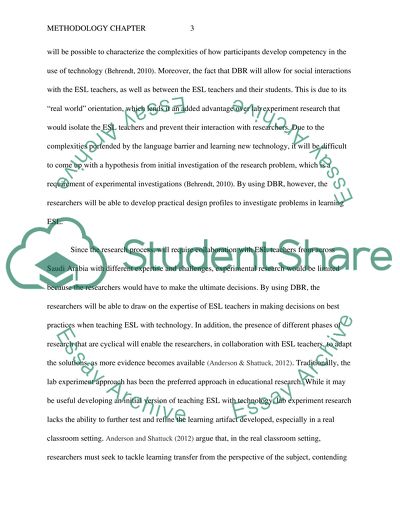Cite this document
(“Methodology chapter Essay Example | Topics and Well Written Essays - 2000 words”, n.d.)
Methodology chapter Essay Example | Topics and Well Written Essays - 2000 words. Retrieved from https://studentshare.org/education/1652445-methodology-chapter
Methodology chapter Essay Example | Topics and Well Written Essays - 2000 words. Retrieved from https://studentshare.org/education/1652445-methodology-chapter
(Methodology Chapter Essay Example | Topics and Well Written Essays - 2000 Words)
Methodology Chapter Essay Example | Topics and Well Written Essays - 2000 Words. https://studentshare.org/education/1652445-methodology-chapter.
Methodology Chapter Essay Example | Topics and Well Written Essays - 2000 Words. https://studentshare.org/education/1652445-methodology-chapter.
“Methodology Chapter Essay Example | Topics and Well Written Essays - 2000 Words”, n.d. https://studentshare.org/education/1652445-methodology-chapter.


